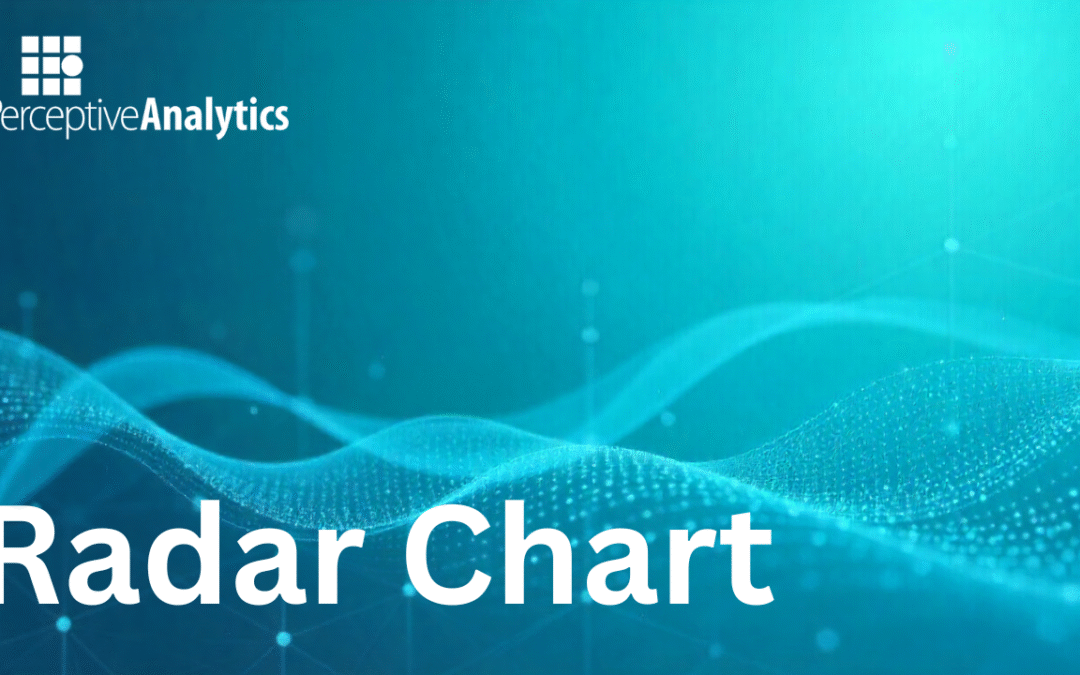
by AnshumanD | Jan 1, 2025 | Resources
Heatmaps-Reimagined Heatmaps effectively highlight high and low values but do not explain the underlying patterns. Heatmaps with Sparklines address this by embedding small trendlines within each cell, combining value and variation. This makes it easier to interpret...

by AnshumanD | Jan 1, 2025 | Resources
Stream-Graph Trends over time are often shown with line or area charts. But when composition matters as much as magnitude, Stream Graphs provide clarity. A Stream Graph is a stacked area chart with flowing layers around a central axis. It shows how categories change...

by AnshumanD | Jan 1, 2025 | Resources
Radar-Chart For B2B organizations, understanding how different segments perceive value, across functionality, support, pricing, and usability, is critical for product and strategy alignment. Radar charts are especially effective in executive dashboards for:...

by AnshumanD | Jan 1, 2025 | Resources
Bump-Chart In many dashboards, the focus is on absolute numbers. But in competitive contexts, rank often matters more: Who is leading? Who is catching up? Who has slipped? A bump chart highlights ranking changes over time. Clean lines and consistent colors make it...

by AnshumanD | Jan 1, 2025 | Resources
Choropleth-Map Traditional choropleth maps typically display a single variable. When two factors need to be compared across locations, this often requires switching between maps, making comparisons difficult. Bivariate choropleth maps addresses this by: Combining two...







Recent Comments